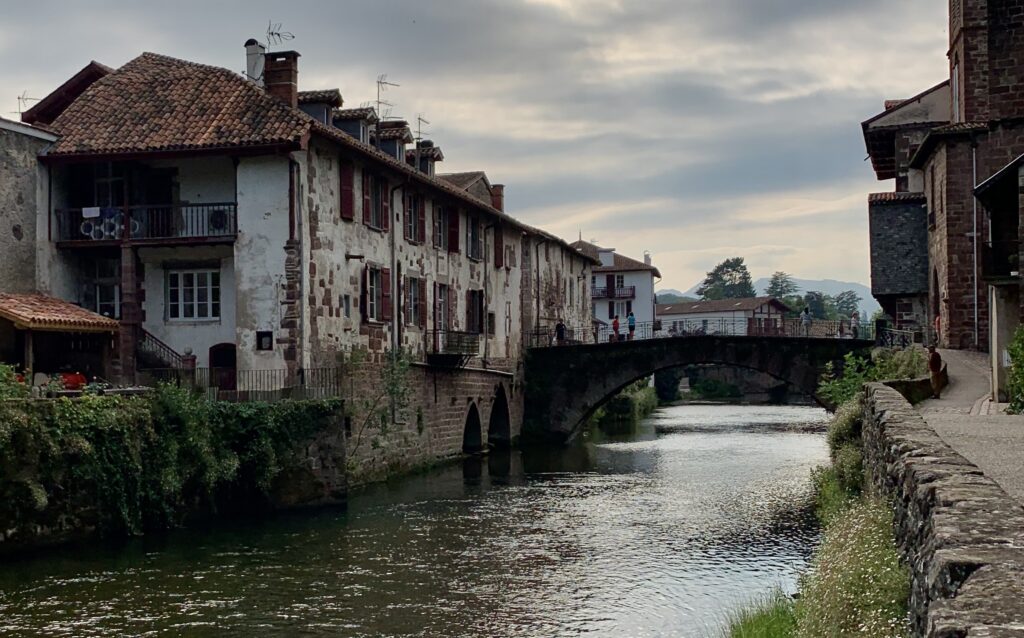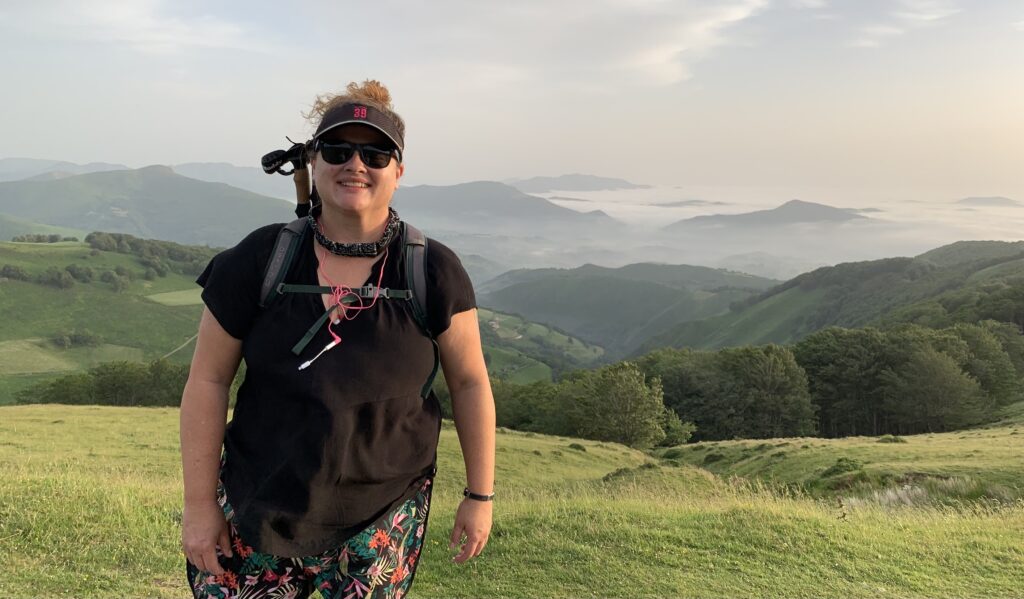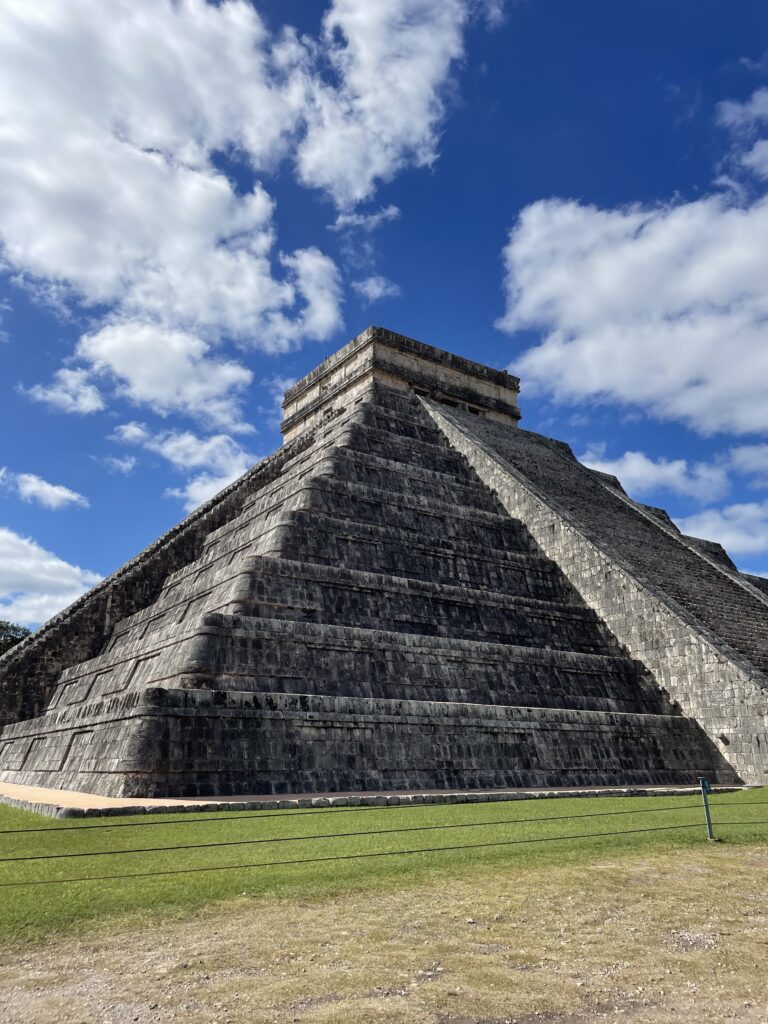Most pilgrims start the Camino Frances route in St. Jean Pied de Port, a charming town at the base of the Pyrenees. With its cobblestone streets, historic charm, and pilgrims preparing for their journey, St. Jean is both a destination and a starting point for the most famous route of the Camino de Santiago. Here’s how to get there, prepare, and make the most of your experience.

Getting to St. Jean Pied de Port is relatively straightforward but requires a little planning. If you’re flying, the nearest airports are in Biarritz (about 55 kilometers away) and Pamplona (roughly 70 kilometers away). From Biarritz, take a train to Bayonne, then hop on a local train to St. Jean, a route that offers stunning views of the French countryside. This is the route I did for both of my Caminos and would recommend this if possible. From Pamplona, seasonal buses are available, and taxis can also be shared among pilgrims. Expect to spend between €40 and €80 depending on your travel choices. I would recommend this option only if you plan to start your journey from Pamplona because you will be backtracking a bit. If you take a bus to SJPDP from Pamplona, you will walk through it again in just a few days time.
Once you arrive into St. Jean, start by obtaining your pilgrim passport, or credential, which is required for staying in albergues (pilgrim hostels) along the route and earning your Compostela certificate in Santiago. Pack light and pack smart. A 30–40L backpack is sufficient to hold moisture-wicking clothing, a first-aid kit, blister care supplies, a lightweight sleeping bag, and a reusable water bottle. Don’t forget earplugs for the snoring that’s common in shared dormitories, and bring safety pins to dry your clothes on your backpack while walking.
The Camino Francés stretches about 780 kilometers (500 miles) from St. Jean to Santiago de Compostela. The first day of walking is one of the most challenging, taking you over the Pyrenees to Roncesvalles. It’s a steep climb with unpredictable weather, but the views are breathtaking. During my first Camino, I found my backpack quickly became a part of me, and while some opt to use services that transport their packs to the next stop, I rarely noticed the weight after the first few days. During my second Camino, a few years older and several pounds heavier, I found that sending my pack ahead and walking with the essentials worked for me. This service ranges from €6 to €13 each day, so it can add up.

Accommodations along the Camino range from municipal albergues with basic facilities and bunk beds (costing around €5–€20 per night) to private albergues and pensions offering smaller dorms or private rooms (€30–€50). Many places offer a menu del peregrino (pilgrim’s menu) for around €12–€18, which includes a starter, main course, dessert, bread, and wine—yes, wine is often included, and it’s incredibly cheap, sometimes as little as €2 per glass. Between meals, you can pick up snacks like bread, cheese, and fresh fruit from local bakeries and markets – which is what most of us ate for lunch and snacks.
Blisters can be a major issue for many pilgrims. I avoided them by wearing hiking boots for the first five days and then switching to sneakers, and I always changed my socks halfway through the day. Taking care of your feet is crucial; listening to your body and carrying enough water can prevent not only blisters but also serious issues like dehydration. Sadly, there have been deaths on the Camino, often due to heat in the summer and snow in the winter, particularly in the Pyrenees. Always respect your limits, and don’t hesitate to take breaks.
The Camino experience varies greatly depending on the season. Spring (March to May) brings mild weather and blooming landscapes but can be rainy, so waterproof gear is essential. This was my preferred time to go as there were not crowds and there was no worry about the heat. Summer (June to August) is the busiest time, with many Americans on the trail—something to consider depending on the type of experience you’re seeking. It’s also hot and crowded, so early starts are crucial. I didn’t love this as the allergies were often HOT! But, clothes did dry faster and the pack was lighter due to fewer layers needed. Autumn (September to November) offers cooler weather and fewer crowds, with beautiful fall colors, though rain increases as the season progresses. Winter (December to February) is the quietest time, with many albergues closed and snow in mountainous areas, making it a more solitary and challenging experience.
What makes the Camino so special is the people you meet. Pilgrims come from all over the world, and the age range spans from children to those in their 80s. You’ll encounter shy, introspective individuals as well as outgoing, extroverted personalities, and the kindness of fellow pilgrims is something that stays with you. I’m still in touch with people I met on my first Camino over ten years ago.
Walking the Camino de Santiago is one of the most transformative experiences you can have. The simple rhythm of walking, the shared struggles and joys, and the unexpected moments of beauty and connection all combine to create something unforgettable. Whatever your reason for considering the journey, the Camino is sure to stay with you long after you returned home.
Buen Camino!







